Legacy of LBJ lost in the bloody hell of Vietnam
The bloody hell of Vietnam and crises of his presidency took their toll on Lyndon Baines Johnson. But he also knew death was not long coming, his daughter reveals.
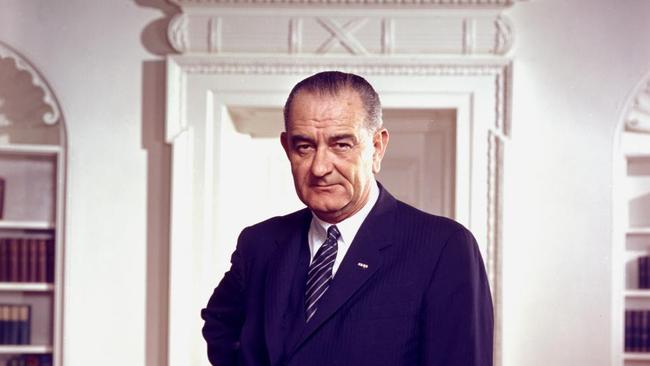
When Lyndon Johnson exited the presidency in January 1969, he was spent. The creases on his face were etched deep and his hair a whitish grey. The physical toll was coupled with the torment that his domestic policy achievements, rivalled only by Franklin Roosevelt’s, would be forgotten amid the tragedy of the Vietnam War.
Johnson knew death was not long coming. His father died at age 60 and he had survived a heart attack. The post-presidential years, as he compiled his memoirs and opened his presidential library, were painfully brief.

Fifty years ago this week, on January 22, 1973, Johnson died at his ranch in the Texas Hill Country. He was 64.
Luci Baines Johnson, his youngest daughter, tells Inquirer that his fear of dying in office if re-elected to a second full term in 1968 was confided to her and her sister, Lynda Bird, and their mother, Lady Bird.
“Many people thought he left the White House only because of the anguish of the Vietnam War, and he left a defeated and sorrowful and dejected man, (but) he left the White House for multiple reasons,” Luci, 75, says. “He honestly feared that he might very well die while serving our country.
“Secondly, he had given all that he had to try to resolve the anguish of the Vietnam War for all of our people and all of your people, and try though he did, he had not been successful. Maybe someone else might somehow be successful when he had not. And peace was far more important than his own sense of ego or prestige.”
Luci was in Spanish class at the National Cathedral School in Washington DC when her father became the 36th president after the assassination of John Kennedy. She lived for a time in the White House and held her wedding reception there in 1966.


Her father was consumed by politics; it was his whole life. But it was politics for a purpose. Johnson had known poverty when growing up and taught poor Mexican-American kids in Cotulla, Texas.
He served in the House and Senate, as minority and majority leader, and as vice-president. Now, as president, he was going to make the most of being in the Oval Office.
Johnson used all of his political talents to pass the Civil Rights Act 1964 and Voting Rights Act 1965. Luci stood behind him as he signed the latter into law.
When she asked why he was signing it at the Capitol, he said because some “courageous patriots” would lose their seats because of their vote and some “extraordinary men and women” would be elected to congress because of their vote.
She further asked why he gave the first signing pen to Republican minority leader Everett Dirksen rather than Martin Luther King Jr or Rosa Parks?
“Because, Luci Baines,” he said, “I did not have to convince one of those civil rights leaders to be for that civil rights legislation – they were already for it. But Dirksen, if he hadn’t been willing to support it and bring his people with him, we would have had a bill and not a law.”
Another lesson in the art of politics came ahead of the 1964 election, when Luci travelled to 26 states to campaign and spoke to audiences as small as five and large as 5000.
Her father instructed her to report back from each visit about three people she met and three things that were important to them. Why? Because, he explained, in politics you have to make people feel they are important, valued and worthy.
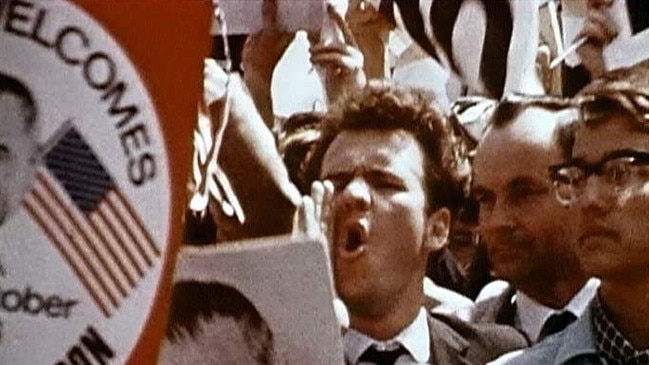
The Great Society legislation, in addition to civil rights, enlarged the role of government by providing healthcare and welfare for the poor and elderly, expanding public housing, investing in education, supporting the arts and public broadcasting, strengthening environmental and species preservation, consumer protection and gun control laws, programs for public transport and urban renewal, and much more. And it was achieved while funding an escalating war and balancing the budget.
Johnson could be charming and big-hearted one minute and rude and vulgar the next. His unscrupulous, calculated, manipulative approach to politics would make Niccolo Machiavelli blush. The so-called “Johnson treatment” would see him use flattery and favours alongside threats and physical intimidation by gripping lapels and using his height and bulk to tower over others, in order to get his way.
A larger-than-life personality, he would watch three televisions simultaneously in the Oval Office while checking news wires. He had buttons installed in the cabinet room that would summon a waiter with either a Fresca, root beer or coffee. He would hold meetings with staff while lying in bed next to Lady Bird and beckon staff to the bathroom as he sat on the toilet.
“Lyndon Johnson was a very human president with strengths and weaknesses, highs and lows, and in-betweens,” Luci says. “I loved him with every ounce of my being. I respected him to the core of my existence. Did I understand him all of the time? No. Did I love him all the time? Yes. And did he ever fail to make me feel loved? No.”
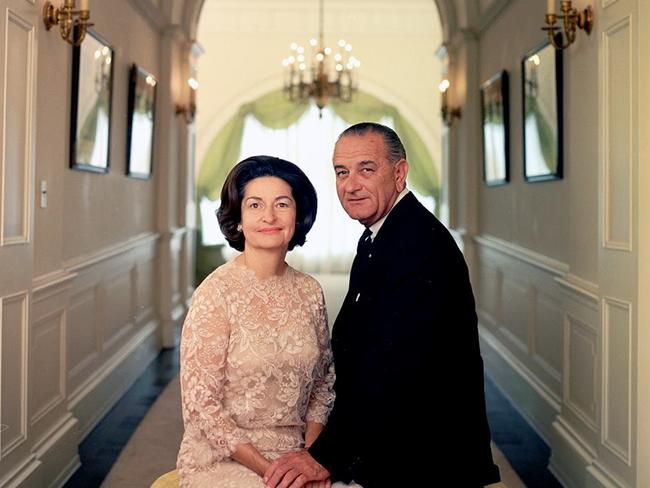
The one person who understood him better than any other was Claudia Alta “Lady Bird” Johnson. They met in mid-1934, when Johnson was a congressional aide, and married later that year. Lady Bird was fundamental to Johnson’s career as a quiet but constant and shrewd adviser. Ahead of the 1964 election, to quell Johnson’s doubts about running, she wrote a memo advising him to “stay in” the race.
“She was the person that he could go to in times of trial and times of triumph, and expect to hear the truth that he needed to know,” Luci says of her mother. “She loved him and believed in him … she was his best friend and his firmest critic.”
Johnson’s landslide re-election was the high point of his presidency. But as he pushed ahead with his Great Society agenda, it became overshadowed by the quagmire in Vietnam.
Luci’s then husband, Patrick Nugent, and brother-in-law, Chuck Robb, served in Vietnam. In the White House, she went to sleep and woke up to the sound of protesters on Pennsylvania Ave chanting: “Hey, hey, LBJ, how many kids did you kill today?”


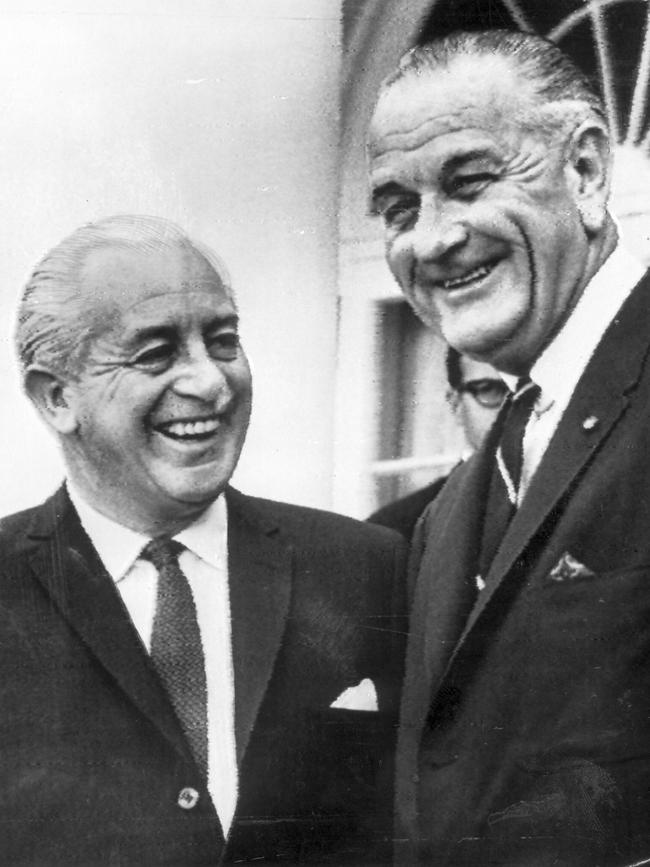
Harold Holt’s enthusiasm for Vietnam and his pledge to go “all the way with LBJ” saw the prime minister feted at the White House, Camp David and LBJ Ranch. It was more than just allies going to war; Johnson and Holt were firm friends.
“My father formed a very strong bond with the Australian people,” Luci recalls. “The landscape reminded him of home. He related to prime minister Holt, he understood his goals and his dreams, and his character was one he respected and treasured. He felt his loss was a great tragedy.”
Lady Bird wrote in her diary that the Holts were among their favourite world leaders and enjoyed their company. Johnson visited Australia as a Naval Reserve officer on a presidential fact-finding mission in 1942. He was the first president to visit Australia, in 1966, and returned for Holt’s funeral the following year.
Luci, now a businesswoman and member of the LBJ Foundation board, recalls her father insisted on attending a civil rights conference at the LBJ Presidential Library in Austin, Texas, just weeks before his death, despite deteriorating health.

As he began to speak, he reached into his pocket for a nitroglycerine tablet and popped it into his mouth to relieve his angina. The man who had delivered the most substantial civil rights laws since the Civil War spoke eloquently and movingly about the continuing struggle for justice.
“He looked like a very old man,” she remembers. “His gait was slow. His hair was white. He seemed to struggle for breath. The hard life of public service had taken its toll. It was a price he gladly paid.
He said, ‘Luci Baines, if I had died I would have gone dying for what I’ve lived for, and what more could any man want?’.”
Johnson suffered a third heart attack and died at his ranch in the afternoon of January 22, 1973. It came just weeks after he had attended Harry Truman’s funeral. He knew his own death was near. Kennedy, Dwight Eisenhower and Herbert Hoover had died in the previous decade. With Johnson’s passing, the US had no living former presidents.

Richard Nixon, then president, thought Johnson died of “a broken heart”. In his final years, Johnson agonised over how history would judge his presidency.
The US was bitterly divided over the Vietnam War, which would go on and end in defeat for the US and its allies in 1975.
Johnson’s approval rating was in the mid-30s. Vietnam casts a long shadow but his domestic policy achievements have been lasting.
Luci remembers her father with “love and a wistful heart”, and misses him. His legacy, she understands, is complex and his personality contradictory. But that is what makes him endlessly fascinating. Moreover, his commitment to public service and unique capacity to use the power of politics to fundamentally change lives for the better is also worth recalling.
“I would like them to remember how much he cared, how hard he tried to make a more just America and a more just world,” she reflects.
“He gave all that he had. Did he achieve all that he wanted to? No. Time and his body just ran out. But he did what he could do in the time that he did have, and he did it with love.”




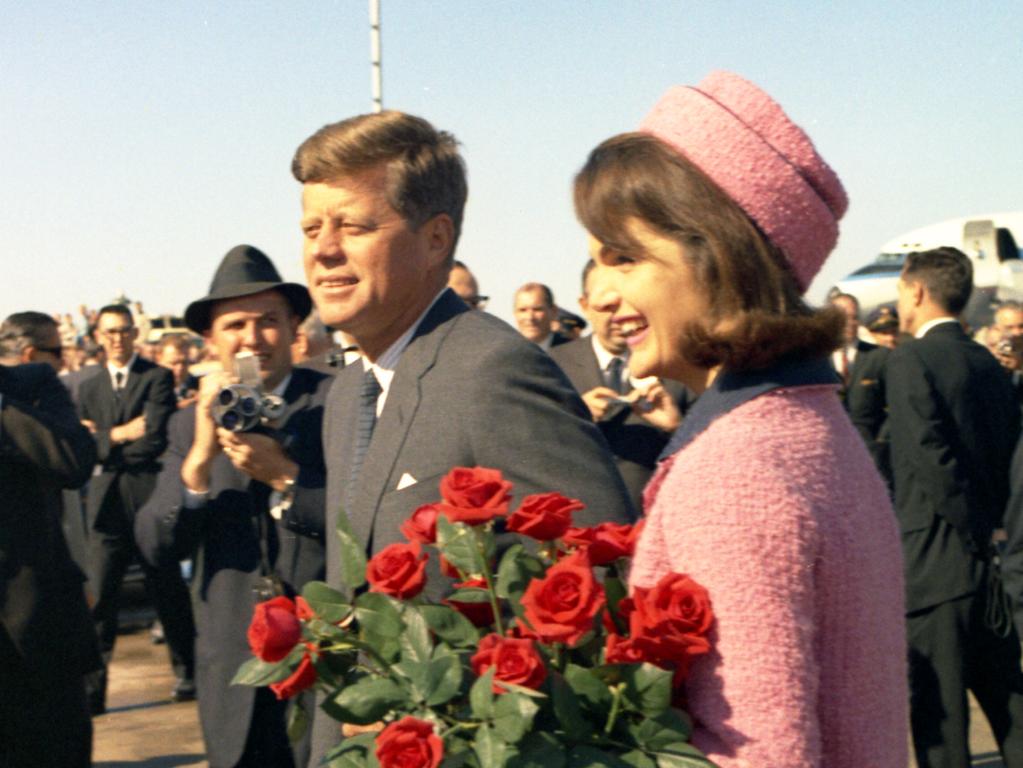


To join the conversation, please log in. Don't have an account? Register
Join the conversation, you are commenting as Logout